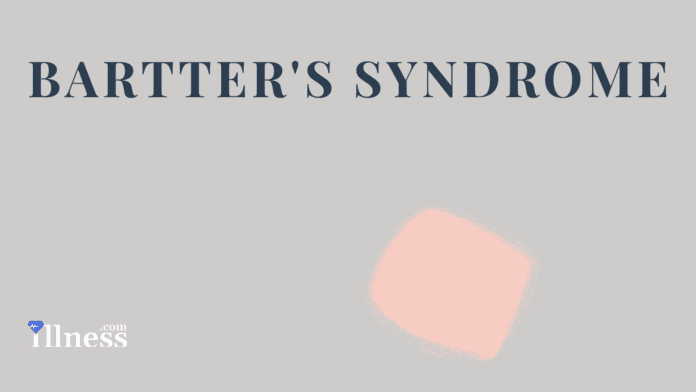Overview of Bartter’s Syndrome
Bartter’s syndrome causes an imbalance in the levels of sodium, potassium, calcium, and related molecules in the body, which leads to a whole host of ill effects. Bartter’s, however, is not a single disease, but a group of kidney disorders that are very similar. For example, while the kidneys are primarily the organs affected, so is the liver.
Onset
Bartter’s is a disorder of infancy. These individuals fail to thrive, and they do not gain weight at the expected rate. The kidneys function poorly, causing the body to excrete excess amounts of salt (sodium chloride) in the urine. Thus, this loss of necessary sodium results in dehydration, constipation, and, ironically, increased urine production (polyuria).
Large amounts of calcium are excreted through the urine as well, and this can cause osteopenia, or weakening of the bones. Some calcium also ends up deposited in the kidneys leading to a hardening of the kidney tissue, known as nephrocalcinosis. Bartter’s syndrome causes low blood-potassium levels (hypokalemia) which results in cramping, muscle weakness and/or rigidity, and fatigue. Affected children can develop hearing loss caused by abnormalities in the inner ear.
Variations
There are two major forms of Bartter’s syndrome, distinguished by severity level, and age of onset. Bartter’s also falls into one of four categories, depending on the genes affected. Antenatal onset can life-threatening. It can cause polyhydramnios, which is an increased volume of the amniotic fluid surrounding the fetus, and greatly increases the risk of premature birth. Types I, II, and IV have the features of antenatal Bartter’s syndrome. Type IV can cause hearing loss. It is also called antenatal Bartter’s syndrome with sensorineural deafness. The second major form begins after birth, and tends be less severe. This is what is considered ‘classic’ Bartter’s syndrome, and Type III falls here.
AKA
Other names for Bartter’s syndrome include aldosteronism with hyperplasia of the adrenal cortex, and juxtaglomerular hyperplasia with secondary aldosteronism. Thought to affect one in a million people worldwide, the exact prevalence of this disorder is unknown. However, Costa Rica and Kuwait are two places with increased prevalence.
Cause
Mutations of one (or more) specific genes causes Bartter’s syndrome. Thus far, esearchers have discovered five such genes. In some people, though, the genetic cause is unknown. However, research is ongoing, with the hope of identifying additional genes contributing to Bartter’s.
Genetics
Defects in gene SLC12A1 cause Type I, KCNJ1 gene defects cause Type II, and defects in gene CLCNKB cause Type III. However, Type IV can be the result of BSND gene defects, or from a combination of mutations in the CLCNKA and CLCNKB genes. All of the genes associated with the different variations of Bartter’s syndrome are vital to healthy kidney function, and produce proteins that govern the kidneys’ salt reabsorption. Defective genes cause excessive loss of salt in urine. Therefore, the body is unable to process salt efficiently, and it causes a cascade of additional issues. Calcium and potassium are two other necessary minerals that are extremely sensitive to these changes.



